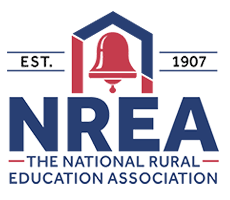Abstract
Providing science instruction is an ongoing priority and challenge in elementary grades, especially in high-need rural schools. Nonetheless, few studies have investigated the factors that facilitate or limit teachers’ science instruction in these settings, particularly since the introduction of the Next Generation Science Standards. In this study we investigated affordances and constraints to elementary science instruction in high-need rural schools. Data sources included semi-structured interviews and survey responses from 49 teachers from 30 different rural schools. Through a primarily qualitative analysis, we identified four teacher reported categories of affordances and four categories of constraints to teaching science. One category of affordances, access to a variety of outdoor science resources, and one category of constraints, high levels of isolation, were closely tied to the nature of rural schools. The other affordances and constraints are broadly recognized factors influencing science instruction. Implications for supporting rural teachers’ science instruction are discussed.
Creative Commons License

This work is licensed under a Creative Commons Attribution 4.0 International License.
Recommended Citation
Zinger, D.,
Haymore Sandholtz, J.,
&
Ringstaff, C.
(2020).
Teaching Science in Rural Elementary Schools: Affordances and Constraints in the age of NGSS.
The Rural Educator, 41(2), 14-30.
https://doi.org/10.35608/ruraled.v41i2.558



